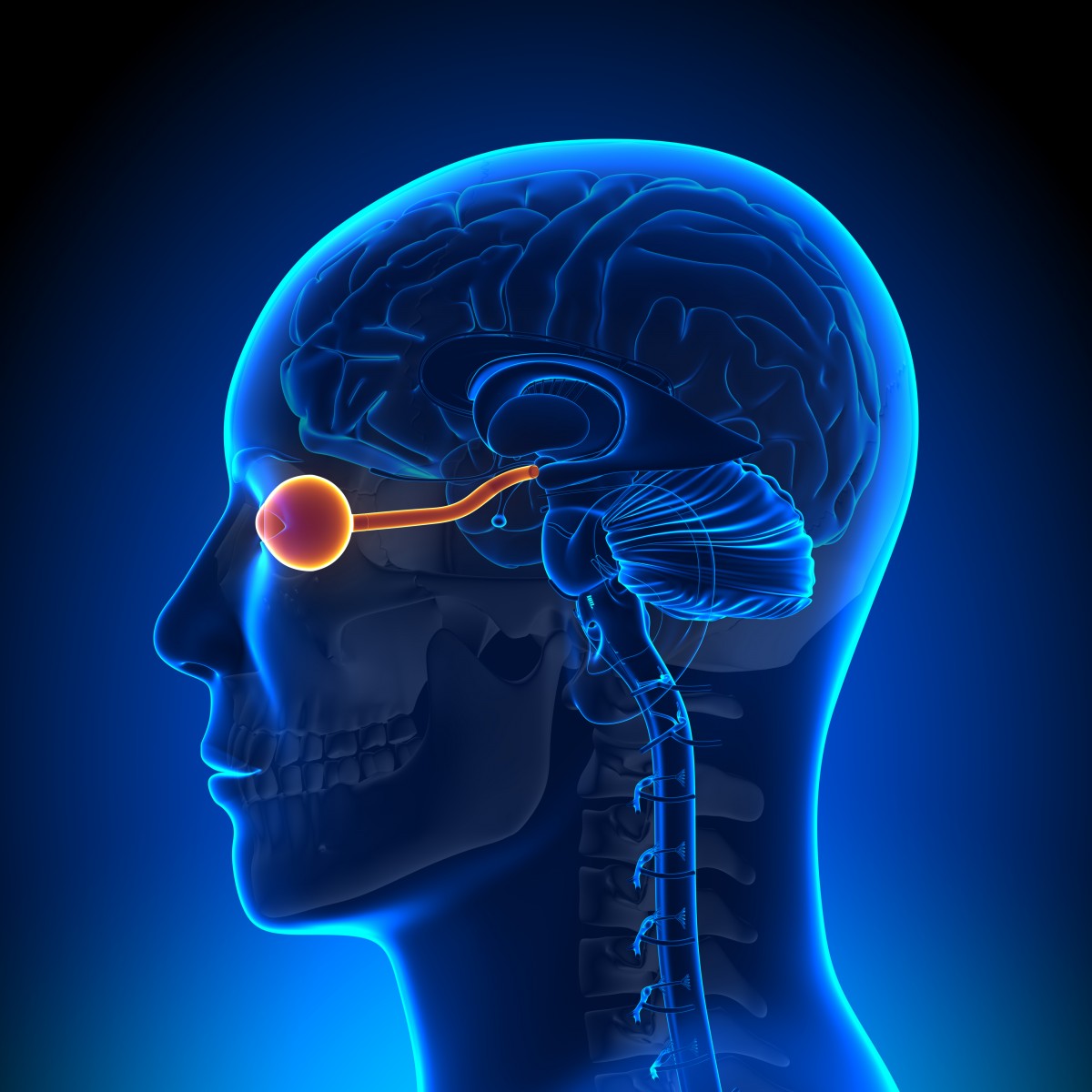Antihistamine Aids in Reversing Visual Damage in MS Patients, Appears to Have Remyelination Properties, AAN Presentation Reports

A Phase 2 clinical trial testing the efficacy of a common antihistamine, clemastine fumarate, to treat optic nerve damage in people with multiple sclerosis (MS) found the drug able to slightly reverse damage to their visual system.
The study, conducted by researchers at the Multiple Sclerosis Center at the University of California San Francisco and titled “Positive phase II double-blind randomized placebo-controlled crossover trial of clemastine fumarate for remyelination of chronic optic neuropathy in MS,” will be presented on April 19 by Dr. Ari Green, a study author, at the 68th American Academy of Neurology (AAN) Annual Meeting taking place in Vancouver, Canada, through April 21, 2016.
Results are exciting, Dr. Green said in a press release, “[I]t is the first to demonstrate possible repair of that protective coating in people with chronic demyelination from MS.”
According to the National Multiple Sclerosis Society, vision problems are among the first symptoms of MS for many patients resulting from the destruction of myelin and subsequent nerve damage. The damage slows the transmission of information traveling to and from the brain and eyes, and causes conditions that include optic neuritis, inflammation of the optic nerve, or damage to the nerve pathways responsible for eye movements and visual coordination.
The Phase 2 placebo-controlled study (NCT02040298), “Assessment of Clemastine Fumarate as a Remyelinating Agent in Multiple Sclerosis (ReBUILD)”, involved 50 participants with evidence of chronic optic neuropathy due to recent optic neuritis. Its purpose was to assess clemastine as a remyelinating agent in people with relapsing forms of MS, and tolerability to the antihistamine. The study’s primary outcome was full field visual evoked potential (VEP), a measure the functional integrity of the visual pathways from the retina to the visual cortex of the brain. An improvement in the delay in transmission is considered a biomarker of myelin repair.
During the five-month study, patients in the experimental group were treated with the antihistamine for three months while those in the control group were given placebo. Treatment was switched among the group for the final two months, with the first group receiving placebo and ‘controls’ getting clemastine fumarate.
Patients under antihistamine treatment showed an average reduction in visual pathway transmission delays of slightly less than two milliseconds in each eye.
“While the improvement in vision appears modest, this study is promising because it is the first time a drug has been shown to possibly reverse the damage done by MS,” Dr. Green said. “Findings are preliminary, but this study provides a framework for future MS repair studies and will hopefully herald discoveries that will enhance the brain’s innate capacity for repair.”
Investigators noted that more studies with a larger patient population are needed before the drug can be recommended for people with MS. A reported side effect was increased in fatigue while on the drug.
Dr. Green’s presentation at the AAN annual meeting, which opened April 15, is part of its Emerging Science Program.






